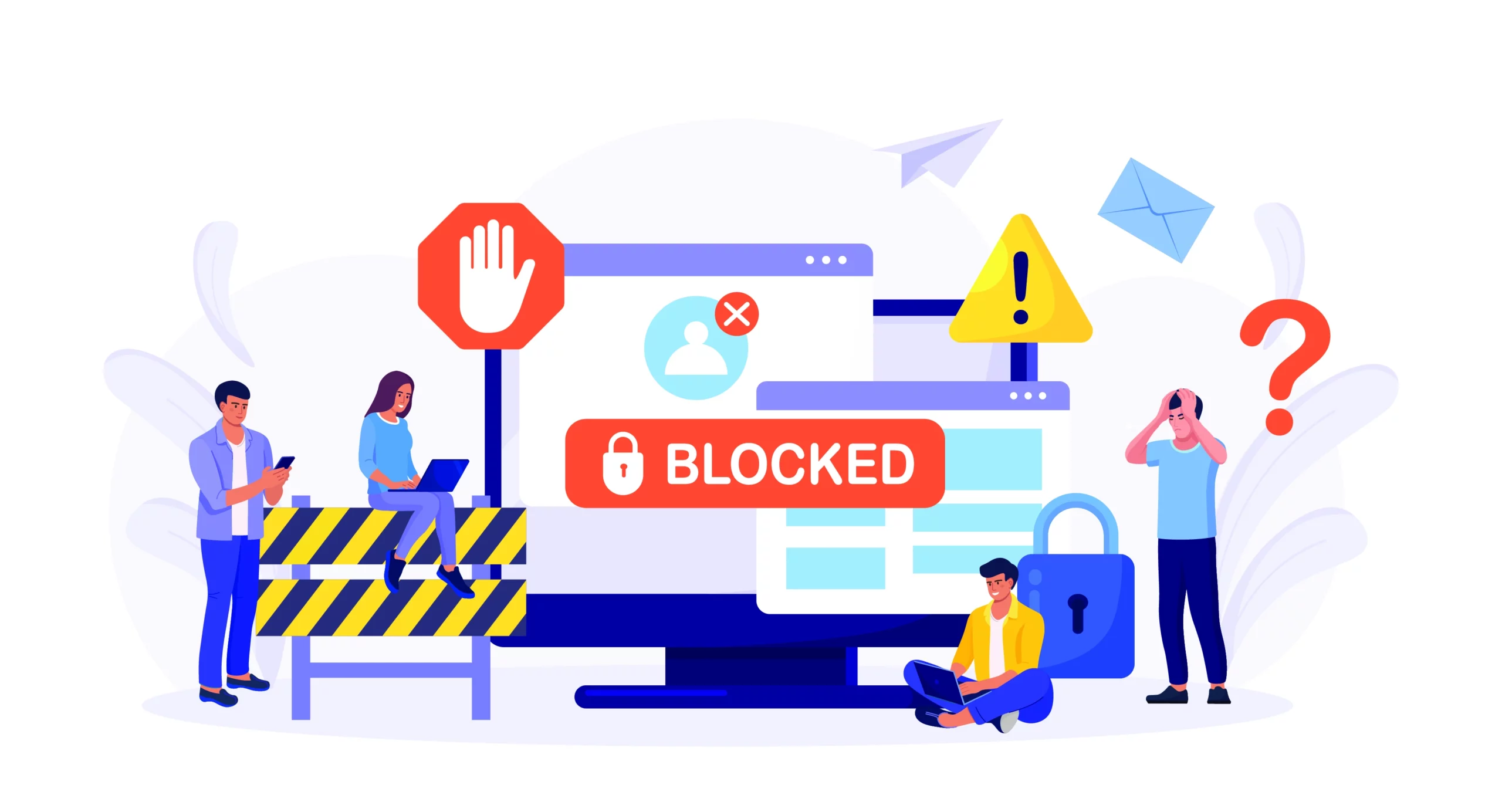
A Look Into Web Security: Recognising and Countering Web Attacks
Recognizing Web Attacks
Recognizing the signs of a web attack is key to mitigating its impact. Certain indicators can raise suspicion, such as unusual website behavior, unexpected error messages, or sudden spikes in traffic. Implementing robust monitoring practices is crucial to detecting and responding to threats effectively. Robust monitoring practices involve analyzing web server logs to identify suspicious activities and patterns. These proactive measures provide valuable insights into potential threats and enable swift response to minimize damage.
Common Web Attack Vectors
Website owners, administrators, IT professionals, and cybersecurity enthusiasts should be aware of common web attack vectors in order to strengthen their defences and protect their websites.
Phishing attacks are a prevalent threat where attackers masquerade as trusted entities, such as banks or email providers, and deceive users into revealing sensitive information like passwords or credit card details. Recognizing phishing attempts and educating users about how to identify and avoid them is crucial in mitigating this risk.
Malware injections pose a significant threat as attackers exploit vulnerabilities in websites to inject malicious code. This code can lead to the installation of malware on visitors’ devices, compromising their security and potentially causing damage. Regular web security audits, patch management, and web application firewalls (WAFs) are essential measures to prevent and detect such attacks.
Brute-force attacks involve automated tools or scripts that systematically guess login credentials until they find the correct combination. Implementing strong password policies, multi-factor authentication, and account lockouts after failed attempts can help thwart these attacks and protect user accounts.
Countermeasures and Best Practices
1. Regularly update software:
Regular updates often include web security patches that address known vulnerabilities, reducing the risk of exploitation.
2. Use strong and unique passwords
Create strong unique passwords and consider utilising password managers to securely store and manage credentials.
3. Implement secure coding practices
Follow secure coding practices, such as input validation, output encoding, and proper error handling.
4. Employ web application firewalls (WAFs
WAFs analyse incoming traffic, identify and block malicious requests, and provide an additional layer of defence against various web attacks.
5. Utilise secure sockets layer (SSL) certificates
SSL certificates establish secure connections between web servers and users’ browsers, encrypting sensitive data transmitted over the network.
6. Implement content security policies (CSPs):
CSPs specify trusted domains, restrict inline scripts, and provide a powerful defence mechanism against unauthorised code execution.

Guard Your Business Against Web Attacks with WebOrion®
WebOrion® Monitor is a comprehensive web security software that provides real-time threat detection to safeguard your websites. WebOrion® Monitor offers an instantaneous, agentless, and continuous monitoring solution that analyzes various aspects of your website, including visual and non-visual defacements. The software provides high-fidelity monitoring with real-time alerts, offering a high level of assurance and reliability.
WebOrion® Restorer is another part of the software suite which enables efficient incident response and recovery in the event of a website hack. It allows you to swiftly restore your web presence using a Secure Replica – a temporary website that preserves the look and feel of the original site but has certain functionalities disabled to prevent a second hack. The Restorer offers seamless failover, redirecting live web traffic to the Secure Replica, giving your security team valuable time to investigate and clean up the original web server.
With its comprehensive capabilities, WebOrion® Monitor and Restorer are powerful tools when it comes to recognizing and countering web attacks. Contact us to learn more about how your business can integrate the WebOrion® cybersecurity suite.

